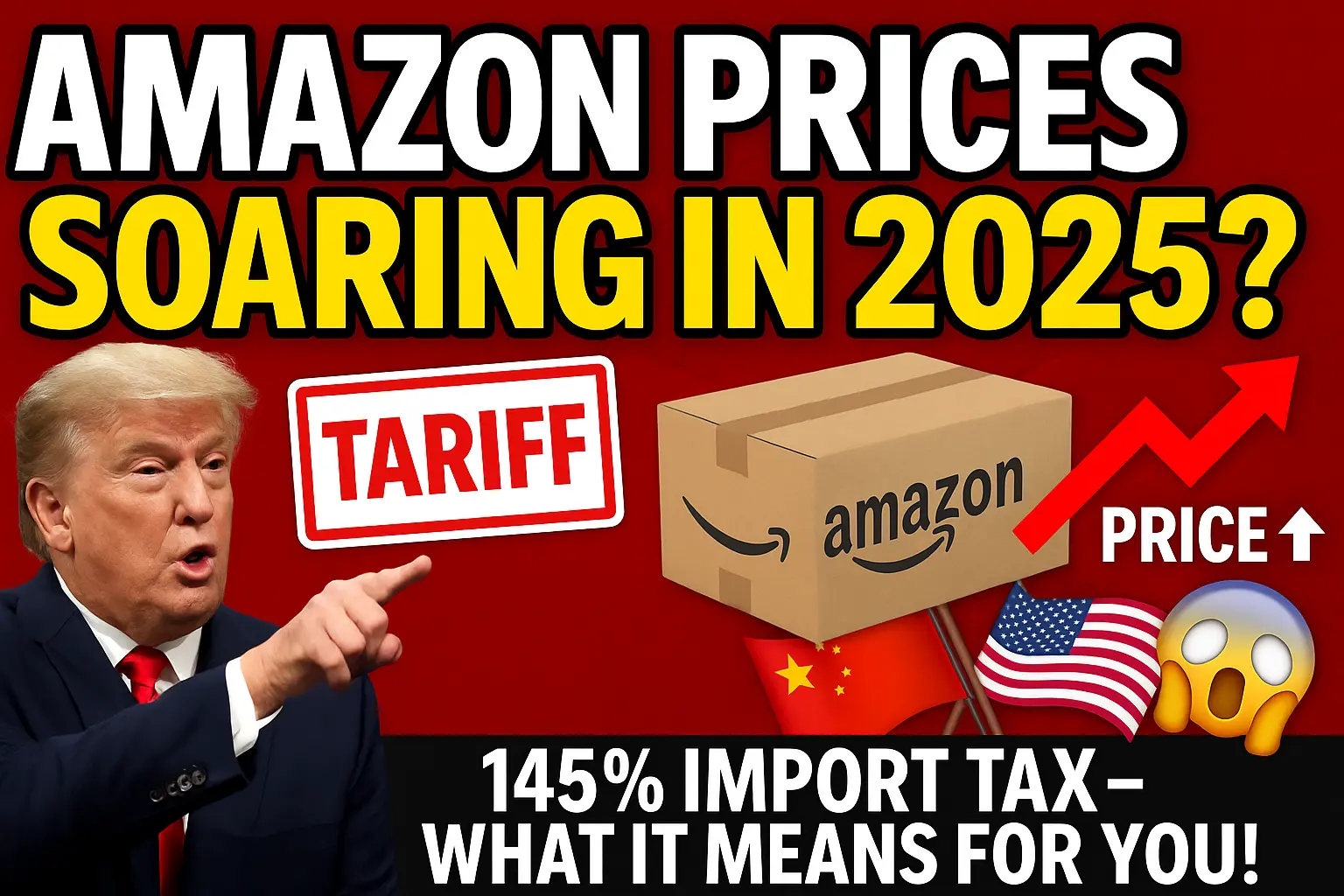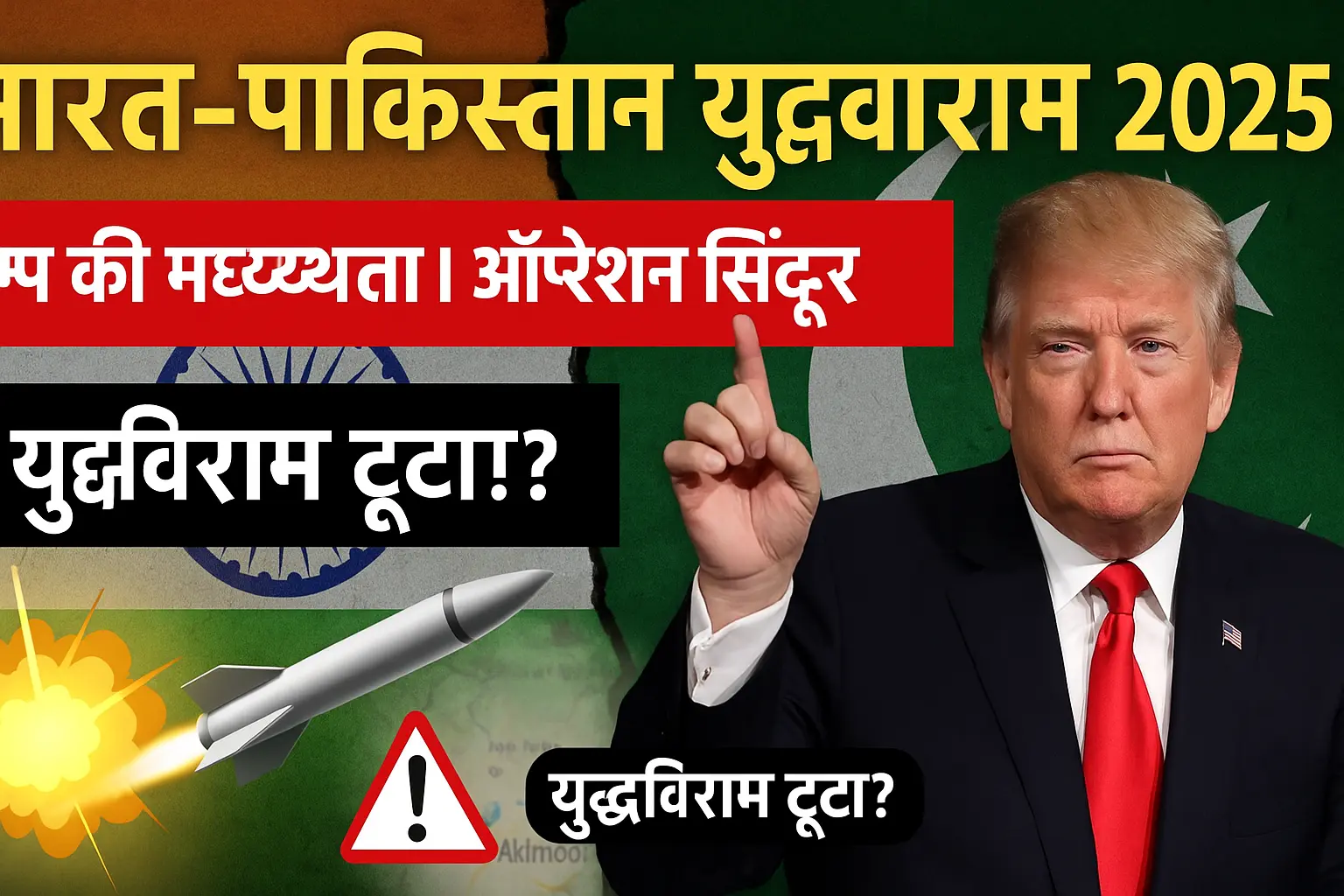Trump’s 2025 Tariffs: April 2025, the Trump administration’s aggressive trade policy took a sharp turn with the announcement of steep new tariffs on Chinese imports—many of which directly affect online retail giant Amazon. With a 145% tariff on goods from China and the elimination of the “de minimis” exemption for low-cost imports, these measures have begun to reshape Amazon’s pricing, seller dynamics, and global supply chain strategy.
What’s in the 2025 Tariff Plan?
The new tariff structure includes:
- 145% tariff on Chinese goods: A 20% base rate combined with a 125% reciprocal charge.
- End of the de minimis exemption: Previously, goods under $800 could enter the U.S. duty-free, benefiting sites like Temu and Shein—and Amazon’s budget-friendly platform, Haul.
- 10% baseline tariff on imports from most other countries (except free-trade partners), set for 90 days pending further negotiations.
These policy changes aim to reduce U.S. dependence on Chinese manufacturing and bring jobs back to American soil. However, their effects are rippling through online marketplaces like Amazon. Trump’s 2025 Tariffs
Amazon’s Price Surge: The Numbers Behind the Headlines
By mid-April 2025, nearly 1,000 of Amazon’s top 100,000 products had already seen price hikes averaging 29%, according to data analysis. Although Amazon downplayed the impact—stating that only about 1% of products are affected and that most increases are below 6%—the visible effect on consumer pricing is hard to ignore.
Products impacted include: Trump’s 2025 Tariffs
- Phone chargers and accessories (e.g., Anker brand)
- Budget clothing and footwear
- Home goods and gadgets often sourced from Chinese suppliers
Retail competitors like Temu and Shein have responded by showing import charges at checkout—a move Amazon briefly considered but dropped after political backlash.
Trump’s 2025 Tariffs: Pressure on Third-Party Sellers
Roughly 60% of Amazon’s total sales come from third-party sellers, many of whom rely heavily on Chinese imports. The new tariffs have created a financial squeeze for these businesses, prompting them to:
- Raise product prices to stay profitable
- Cut down on advertising and promotion
- Consider skipping high-stakes events like Prime Day 2025 altogether
Some sellers have even started switching to suppliers in India, Vietnam, or Latin America, attempting to avoid tariff-related cost increases.
The Political Showdown: Amazon vs. The White House
On April 29, 2025, reports surfaced that Amazon planned to display tariff-related charges next to product prices, starting with its low-cost Haul platform. This transparency move, however, was met with sharp criticism from the White House, which labeled it a “hostile and political act.” Trump’s 2025 Tariffs
President Trump personally called Amazon founder Jeff Bezos, and within hours, the idea was publicly walked back. Amazon later clarified that the proposal had been unofficial and was scrapped entirely.
How Amazon Is Fighting Back
Amazon is taking multiple steps to shield itself and its customers from the full brunt of the tariffs:
- Pressuring suppliers—especially in China—to absorb more of the tariff costs.
- Buying inventory ahead of time to lock in pre-tariff prices.
- Exploring alternative sourcing outside of China.
- Promoting fulfillment programs like Seller Fulfilled Prime to help sellers bypass customs delays.
CEO Andy Jassy acknowledged that third-party sellers may pass along some cost increases to consumers, but said Amazon is working to keep these effects minimal.
Broader Impact: More Than Just Amazon
While Amazon is in the spotlight, it’s far from alone. Big-box retailers like Walmart, Target, and Home Depot have warned that the tariffs will likely lead to higher prices and potential shortages on everything from electronics to apparel. Economists warn that prolonged reliance on tariffs could spark inflation, hurt consumer spending, and even raise the risk of a mild recession.
Meanwhile, consumer polls show that nearly two-thirds of Americans disapprove of Trump’s tariff strategy, especially as prices continue to climb.
Final Thoughts
While the goal of reshoring American manufacturing has strong political appeal, the reality is more complex. The global supply chain—especially for e-commerce giants like Amazon—relies on a delicate balance of affordability, availability, and logistics. The new tariffs disrupt that balance, and the full consequences are only beginning to emerge.
As Amazon adapts through pricing strategies, supplier shifts, and logistical workarounds, third-party sellers and consumers may be left bearing the brunt of these sweeping trade changes.
Want to stay updated on U.S.-China trade news and Amazon’s latest strategy? Let me know if you’d like follow-up content like seller guides, product lists affected by tariffs, or real-time political developments.















